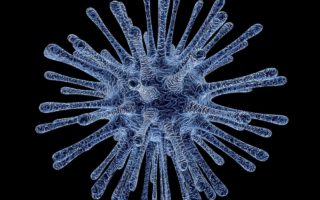
Since the COVID-19 pandemic began, we’ve received several questions about the use of HEPA filters to capture virus-sized particles. In fact, one of our very earliest blog posts on the subject described the use of HEPA air purifiers by Canadian health officials at a quarantine and treatment site. Now, we’re able to shed even more light on this subject, thanks to a report from NASA that concluded that HEPA filters can capture ultra-fine and nanoparticles.
Why the Confusion Over HEPA Capabilities?
Before we jump into the report, let’s look at why this is such an open question in the first place. The confusion over what particles a HEPA filter can trap stems from the technical definition of what a HEPA filter is. To be rated as HEPA, a filter must capture at least. 99.97 percent of all particles that are greater than 0.3 microns in diameter. Given that the SARS-CoV-2 virus that causes COVID-19 is only about 0.1 micron across, many people believe that a HEPA filter isn’t capable of capturing the virus.
That view, however, leaves out a phenomenon that takes place in air filters called diffusion. In diffusion, incredibly tiny particles become caught against filter fibers as a result of their largely random motion. This phenomenon allows filters to capture particles smaller than the holes in their filter media.
Does the NASA Report Support Using HEPA to Capture Virus-sized Particles?
Now, let’s get on to that report from NASA we mentioned earlier. In a 2016 test of HEPA and compacted granular air filters, the space agency confirmed that both were capable of capturing nanoparticles, defined as particles as small as 0.01 microns. This critical piece of evidence, combined with other existing literature, strongly suggests that a standard HEPA air filter can capture particles even smaller than the size of the SARS-CoV-2 virus.
The report also found that ultrafine particle capture was somewhat enhanced when a HEPA filter was combined with a compacted granular filter, such as a bed of activated carbon. As a result, using an air purifier that features both HEPA and carbon filtration will likely give you the best chance of capturing virus-sized particles, although the HEPA filter on its own was found to be reasonably effective.
Have other questions about how air purifiers can help to keep your home and family safe by providing improved air quality? We’re here to help! Feel free to contact us, and we’ll be happy to provide you with answers and product recommendations to meet your needs!